Precision Machining Services
Precision Machining Services delivers high-quality, custom parts with advanced CNC technology, ensuring precision and consistency for your projects
Precision Machining
What is Precision Machining?
Precision machining is a manufacturing process used to create highly accurate components with tight tolerances. It involves the use of computer-controlled machines to remove material from a workpiece to achieve the desired shape and dimensions. This process is commonly used in industries such as aerospace, automotive, and medical device manufacturing.
Precision Injection Mold Manufacturing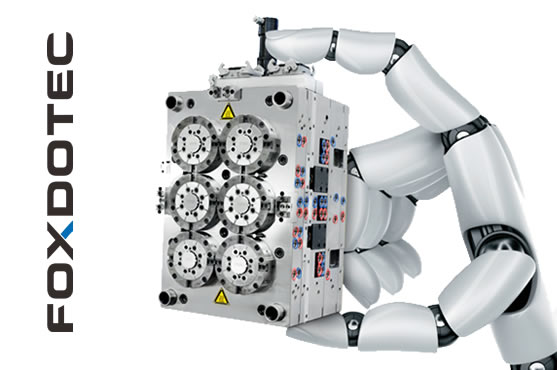
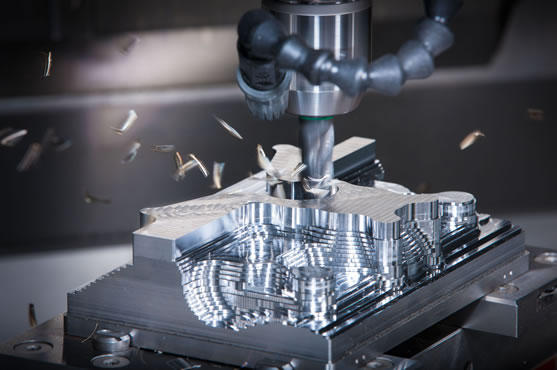
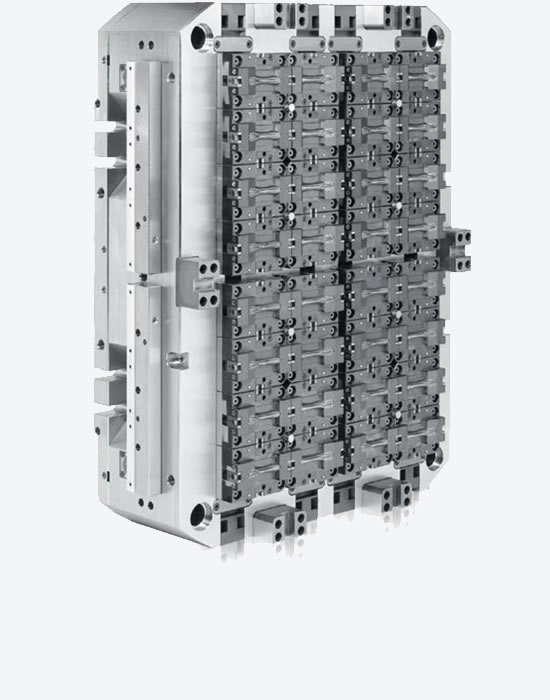
What is the process of Precision Machining?
Precision Machining Process
Let's delve deeper into each step of the precision machining process:
- Design: Engineers use Computer-Aided Design (CAD) software to create a detailed blueprint of the component, specifying dimensions, tolerances, and material requirements.
- Material Selection: Based on the component's function and performance requirements, engineers choose the most suitable material, considering factors like strength, durability, heat resistance, and corrosion resistance.
- Setup: The workpiece is securely mounted on the machining equipment, ensuring it remains stable during the machining process. Fixtures, clamps, and jigs may be used to hold the workpiece in place.
- Machining: Various machining techniques are employed, including turning, milling, drilling, grinding, and electrical discharge machining (EDM). Computer Numerical Control (CNC) machines precisely control the movement of cutting tools to remove material from the workpiece according to the CAD design.
- Quality Control: Throughout machining, operators use precision measuring instruments such as calipers, micrometers, and Coordinate Measuring Machines (CMMs) to verify dimensions and tolerances at critical points. Statistical Process Control (SPC) techniques may be employed to monitor and maintain process stability.
- Finishing: After rough machining, the component may undergo secondary operations like deburring, polishing, or surface treatments such as plating, anodizing, or coating to enhance its appearance, durability, or functionality.
- Final Inspection: A comprehensive inspection is conducted to ensure the component meets all specified requirements. This may include dimensional checks, surface finish evaluation, material analysis, and functional testing. Components that pass inspection are released for use or assembly, while any defects are addressed and rectified.
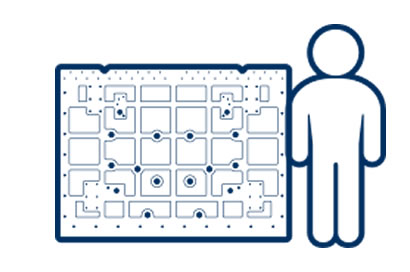
CNC Machining
CNC machining is a computer-controlled manufacturing process that utilizes pre-programmed software to dictate the movement of machinery and tools. This technology enables the precise cutting, drilling, and shaping of materials such as metal, plastic, and wood to create intricate components with high accuracy and consistency.
Read More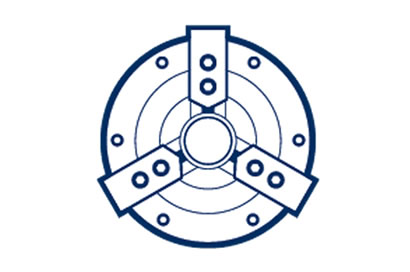
Precision Grinding
Precision grinding is a manufacturing process that involves the removal of material using abrasives to achieve extremely tight tolerances and surface finishes. used to produce components with intricate shapes, precise dimensions, and smooth surfaces. Precision grinding techniques include cylindrical grinding, surface grinding, and internal grinding.
Read More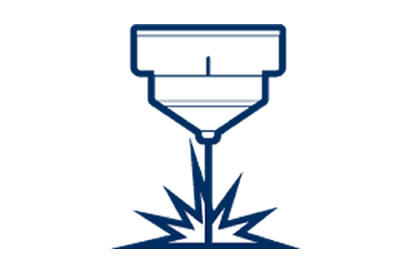
Electrical Discharge Machining
Electrical Discharge Machining (EDM) is a non-traditional machining process that utilizes electrical discharges to erode material from a workpiece. It is particularly useful for machining complex shapes and hardened materials that are difficult to machine with conventional methods. EDM can achieve high precision and surface quality.
Read MorePrecision machining and manufacturing involve the use of advanced techniques and equipment to produce highly accurate and intricate components with tight tolerances. It requires expertise in machining processes, material properties, and quality control methods to ensure the production of high-quality parts for various industries.
Key Aspects of Understanding Injection Molds
- Design Principles: Understand the principles of injection mold design, including considerations for part geometry, material flow, cooling, and ejection.
- Materials and Construction: Explore the materials commonly used in injection mold construction, such as tool steel, aluminum, and beryllium copper.
- Manufacturing Techniques: Gain insights into the manufacturing processes used to produce injection molds, including machining, EDM, and CNC milling.
- Mold Maintenance and Repair: Learn about the importance of mold maintenance and preventive maintenance schedules to ensure the longevity and performance of injection molds.
- Tooling Standards and Regulations: Familiarize yourself with industry standards and regulations related to injection mold design and manufacturing.
- Advanced Technologies: Stay informed about advancements in injection mold technology, such as rapid prototyping, additive manufacturing (3D printing), and simulation software.
- Cost Considerations: Gain insights into the cost factors associated with injection mold production and learn about strategies for cost optimization.
- Case Studies and Best Practices: Study real-world examples of successful injection mold projects across various industries.
Key Aspects of Understanding Precision Machining
- Processes and Techniques: Explore the various precision machining processes and techniques, including turning, milling, drilling, grinding, electrical discharge machining (EDM), and others.
- Materials: Learn about the different types of materials commonly machined using precision techniques, such as metals (e.g., aluminum, steel, titanium), plastics, ceramics, and composites.
- Tooling and Equipment: Familiarize yourself with the cutting tools, machine tools, and equipment used in precision machining.
- Tolerances and Metrology: Gain insights into tolerance requirements and metrology techniques used to measure and verify part dimensions and surface characteristics.
- Design for Manufacturing (DFM): Explore principles of design for manufacturability (DFM) and how they apply to precision machining.
- Quality Assurance: Understand quality control measures and inspection techniques used in precision machining.
- Applications and Industries: Explore the diverse applications of precision machining across industries such as aerospace, automotive, medical, electronics, and tooling.
- Advanced Technologies: Stay informed about advancements in precision machining technology, including automation, robotics, additive manufacturing (3D printing), and advanced materials.
Precision machining and mold technical documents
Other Downloads
- Technical Parameter 3.9 MB
- Technical Drawing 1.8 MB
